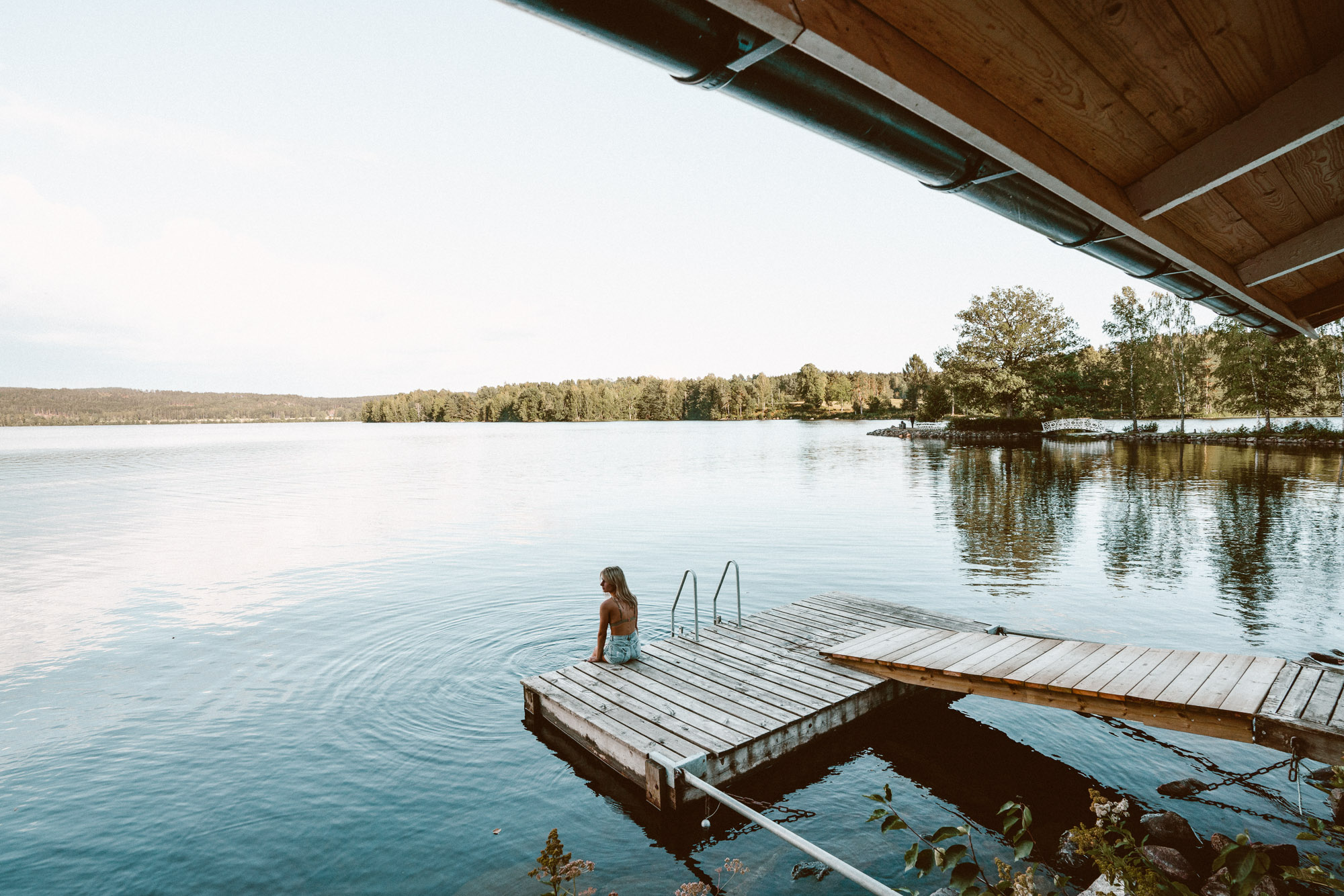 You don’t have to be a nature person to appreciate landscapes. Oftentimes the best trips strike a balance between city life and the outdoors. Some destinations allow for this better than others, but I’ve found it’s always possible to incorporate nature travel when in the trip planning process. And while we’re all staying home for the foreseeable future, many of us are thinking about plans and ways to make the most of future travels.
You don’t have to be a nature person to appreciate landscapes. Oftentimes the best trips strike a balance between city life and the outdoors. Some destinations allow for this better than others, but I’ve found it’s always possible to incorporate nature travel when in the trip planning process. And while we’re all staying home for the foreseeable future, many of us are thinking about plans and ways to make the most of future travels.
My trip last fall to Norway and Sweden is the perfect example. With only five days, we kicked off with a weekend city break in Stockholm — delicious food, Scandinavian design, and exploring the old town — before jetting off to Norway. Our hotel in Norway was a destination in itself, and only an hour away from the airport. From there, we were able to get out and explore the beautiful fjords and mountain landscapes from our door.
When someone asks me about my favorite destination, my mind doesn’t immediately go to one place. For me, the lasting impression a destination leaves comes from having a well-rounded experience. That could be a destination bustling with energy downtown, that leaves me in awe after escaping to the countryside. If you’re not familiar with a destination it can be tricky balancing this. Here’s how I navigate incorporating nature and city elements in one trip.
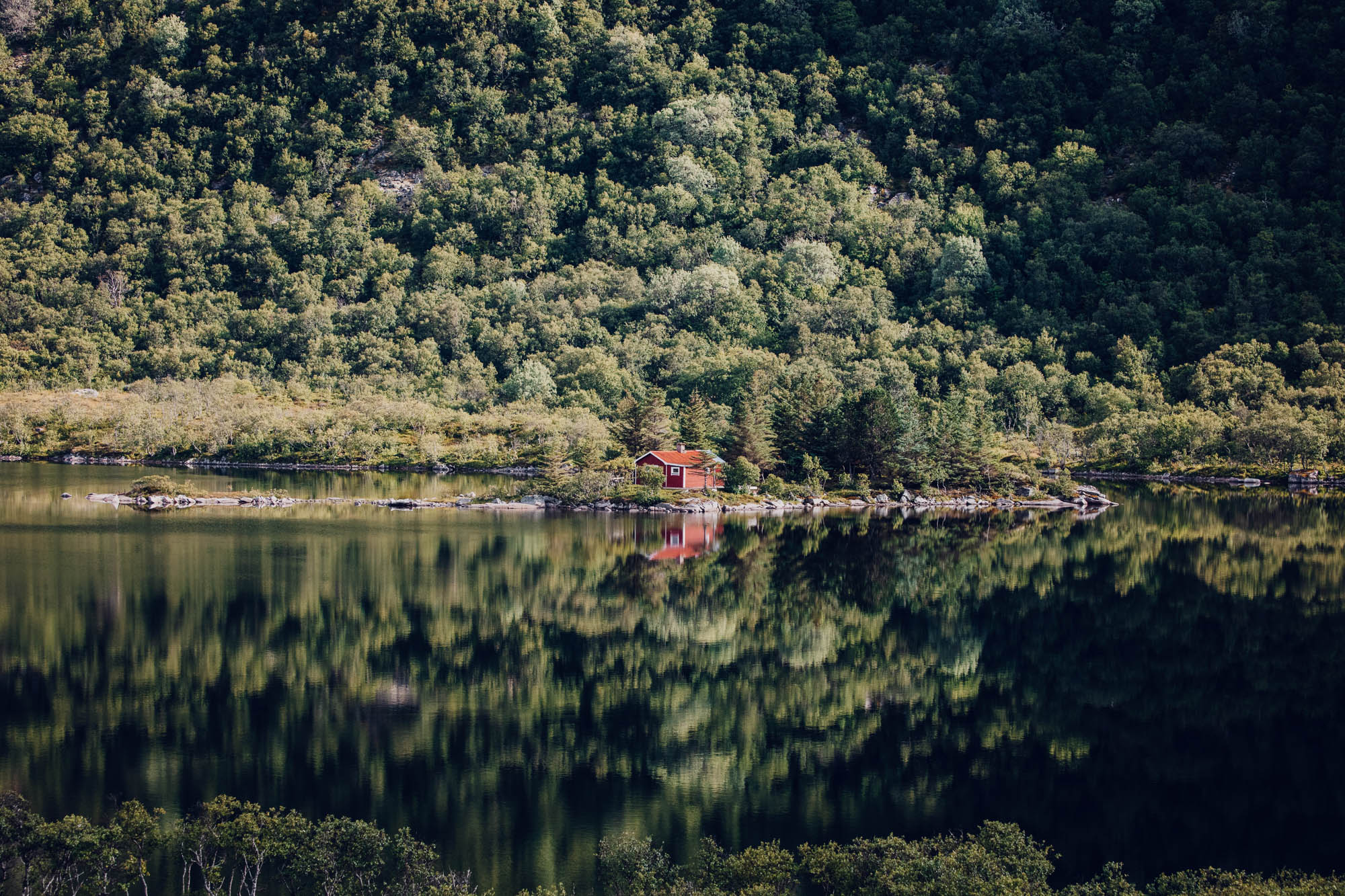


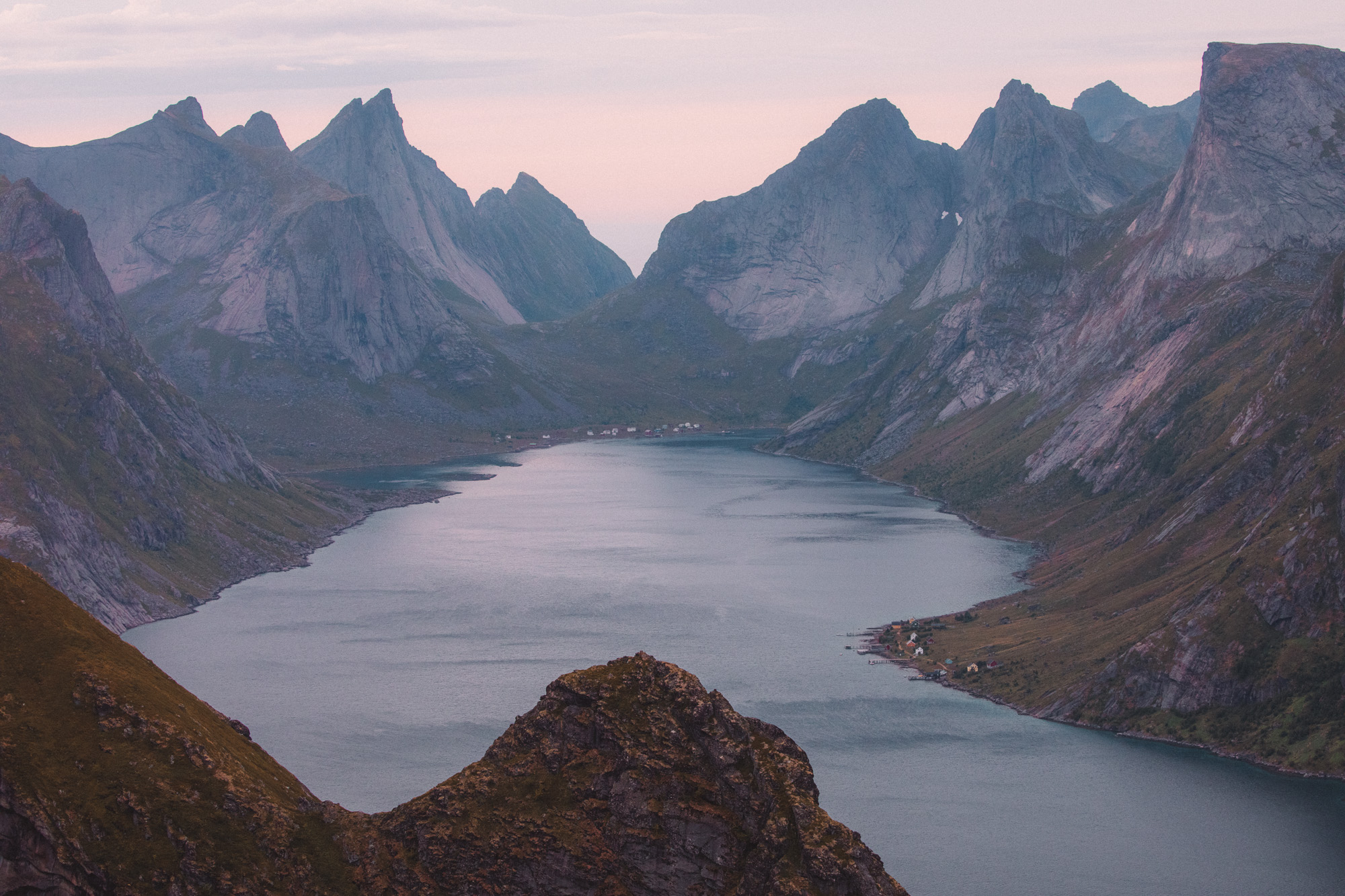
Photos left to right from top: first photo is from Dalsland, West Sweden; group of four photos Lofoten, Norway, edited with the Europe Collection and India Collection.
Start by working backwards
Figure out the number of days you’re working with. If you’re basing this on the destination you eventually choose, give yourself a range. For instance, 7 to 10 days allows for some flexibility with travel days.
Consult photos you’ve saved
Visuals alone can inspire a trip. If you’ve latched on to a destination because of a photo you saw, that’s a great starting point. Using it as inspiration to explore nearby areas or other countries can make it completely unique. If you have multiple destinations in mind, try to focus on one first and branch off from there.
Pull up a map
This always helps me put my destination in context. Based on the destination you have in mind, it might be simple for you to add in a nearby city or nature setting. For instance, Iceland has stunning waterfalls within driving distance of Reykjavik. Some of France’s best beaches are minutes away from the heart of two major French cities, Cannes and Lyon. Chances are though, a getaway in nature may not be so obvious if you’ve never been to the area before. Pulling up google maps will give you a general idea of the landscape. Investigate if the location you’re going to has beaches, mountains, forests or lakes.


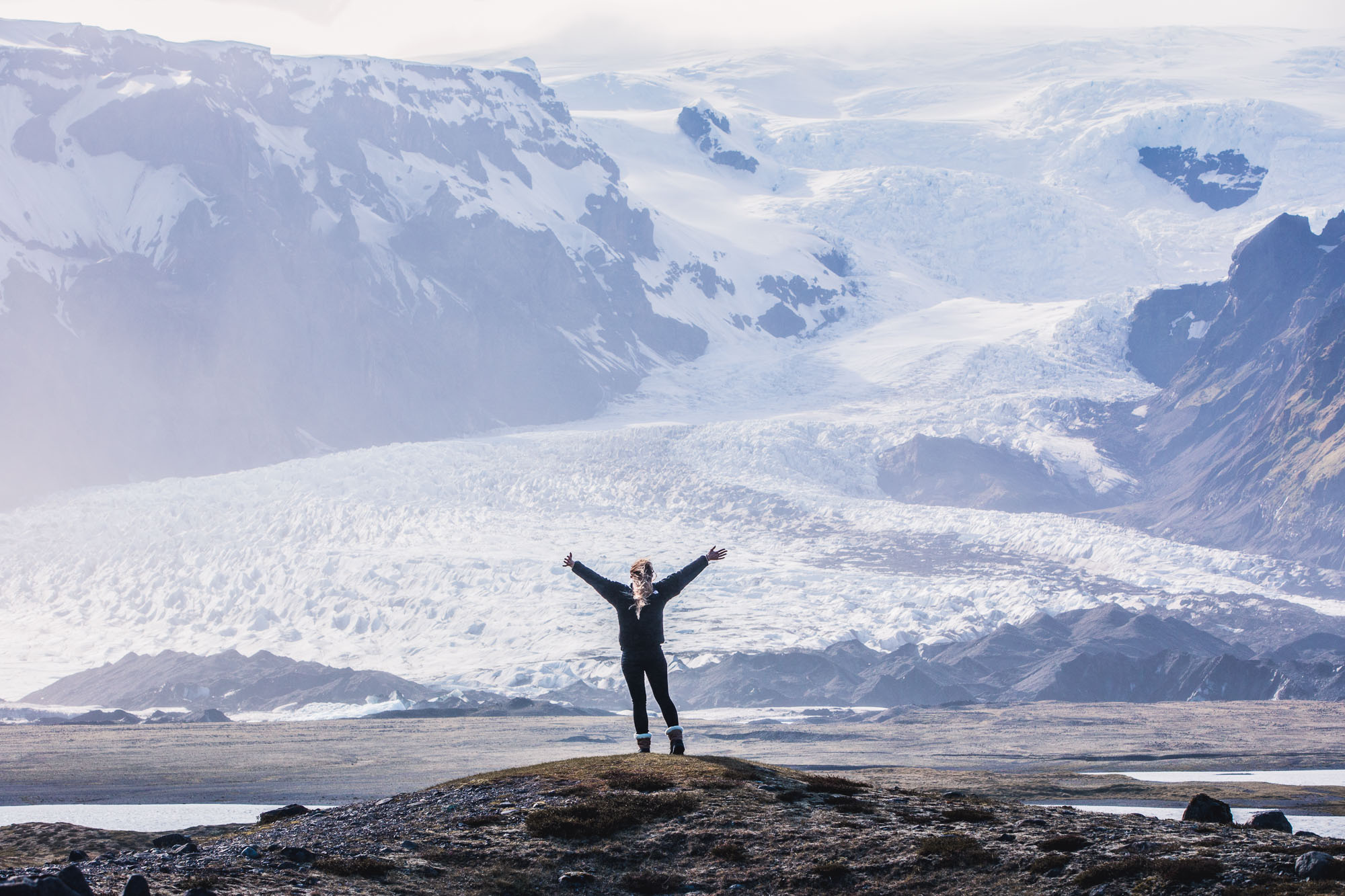
Photos: Iceland; Plitvice Lakes, Croatia (edited with the Europe Collection); and Iceland (old edit).
When in doubt, use Pinterest
Pinterest is always one of my favorite trip planning tools, since it’s visual and built to serve your search results. If you’re stuck, type in your destination in the search bar and make note of the recommended keywords that show up below you hit enter. These are popular searches for the destination you’re going to, and will give you ideas for what others search for or plan in that destination. For instance, if I type in ‘Croatia’ I see ‘beach’. Hitting enter will give you visual results but also keep recommended keywords at the top. Now I see names of beach towns like ‘Dubrovnik’ and the island of ‘Hvar’. You can click to hone in further on results.
Keep in mind this will guide you to popular (more crowded) options. If you pulled up Croatia on google maps before you may have noticed lots of green, indicating forests and parks. Typing in ‘Croatia’ with ‘National Park’ will generate results for Plitvice lakes, also an incredible part of the country. Don’t hesitate to throw in keywords and see what comes up; you’re more likely to stumble on lesser-known parts of a destination.
Determine your priorities
What appeals to you about this destination? The beaches, food, a viewpoint you saw in a photo? Whatever it is, prioritize that first in an itinerary. Then ask yourself what else appeals to you. If you simply want to explore a city without an itinerary each day, prioritize the location of your hotel or Airbnb. If you want to relax, consider spending more days of your trip outside the city. If you want to check things off your bucket list, consider splitting time between two countries and picking the best of each one. You can prioritize your preferences and still leave time to get off the beaten path.
Incorporate a few nights in nature
I suggest at least one night minimum, but a few nights will allow you to relax more fully. Researchers in Sweden found three nights (72 hours) to be the benchmark for relaxation during a test with their 72 Hour Glass Cabin. Our trip to West Sweden consisted of three nights in nature prior to ending up in Gothenburg, and I found it to be the perfect time frame as well. A trip between 7-10 days for example could have 3 days in nature, combined with 3 days in one city, 2 days in a town, and 2 days dedicated to travel time.
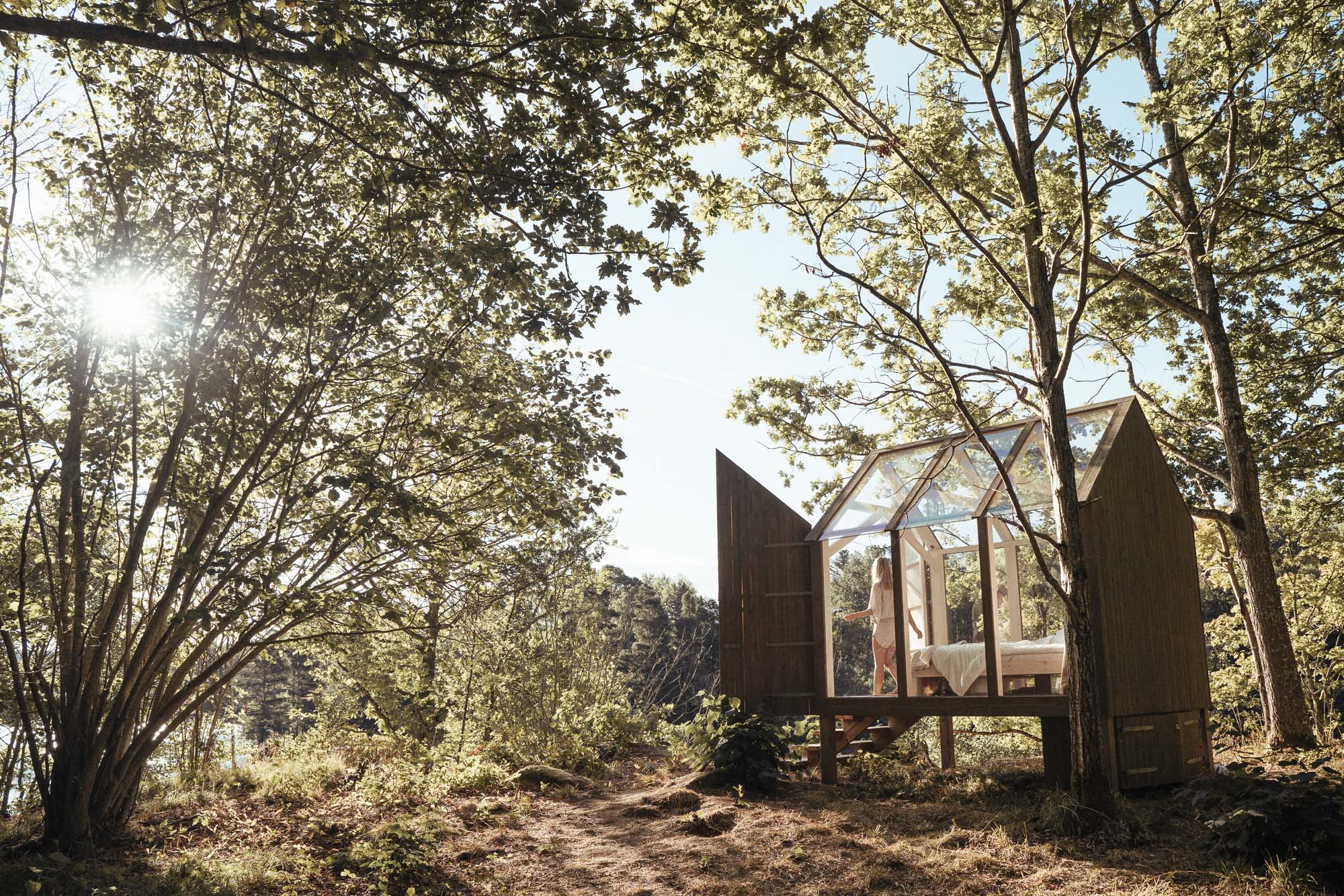
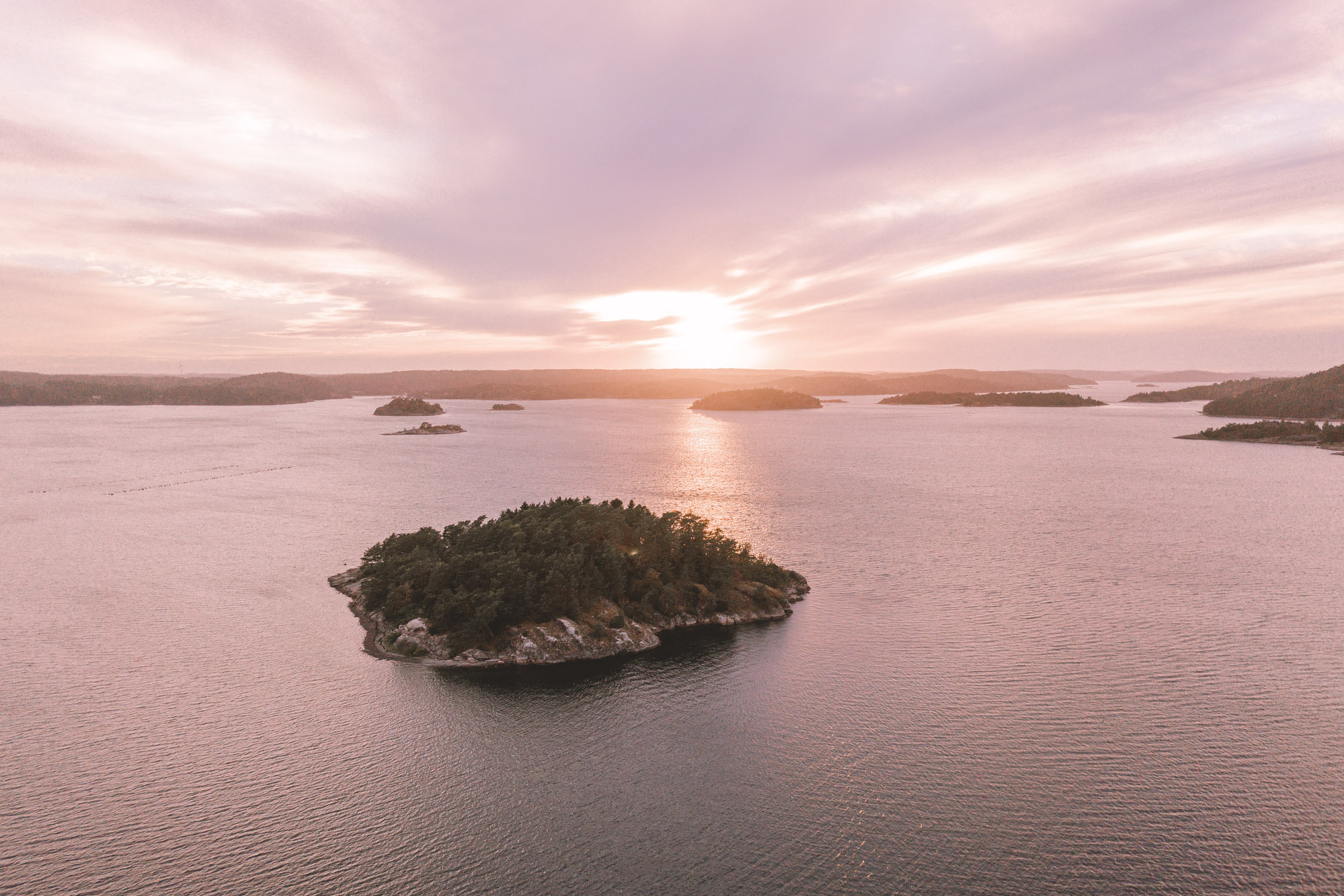
Photos: West Sweden, edited with the Europe Collection.
Other favorite city breaks & nature escapes:
3+ days: Provence, France (town) and the blue water of the Gorges du Verdon (nature).
4+ days: Tel Aviv, Israel (city) and the iconic Dead Sea and Negev Desert (nature).
4+ days: Venice, Italy (city) and the rolling fields of Tuscany (nature)
5+ days: Athens, Greece (city) and the beaches of the Greek Islands (nature).
6+ days: Hoi An, Vietnam (city) and the rice fields of Sapa (nature)





Holly Mahe Says
These are great suggestions! It can be so easy to get wrapped up in the excitement and sites of a new city, but every time I’ve left the city to adventure a bit through a country’s ‘off the beaten path’, I’ve always felt like I got a more well-rounded experience. Plus, it’s amazing to see how different landscapes are in every country! Thanks for sharing 🙂
Selena Says
Post authorYes, it’s all about that balance! Thank you, glad you enjoyed. xx